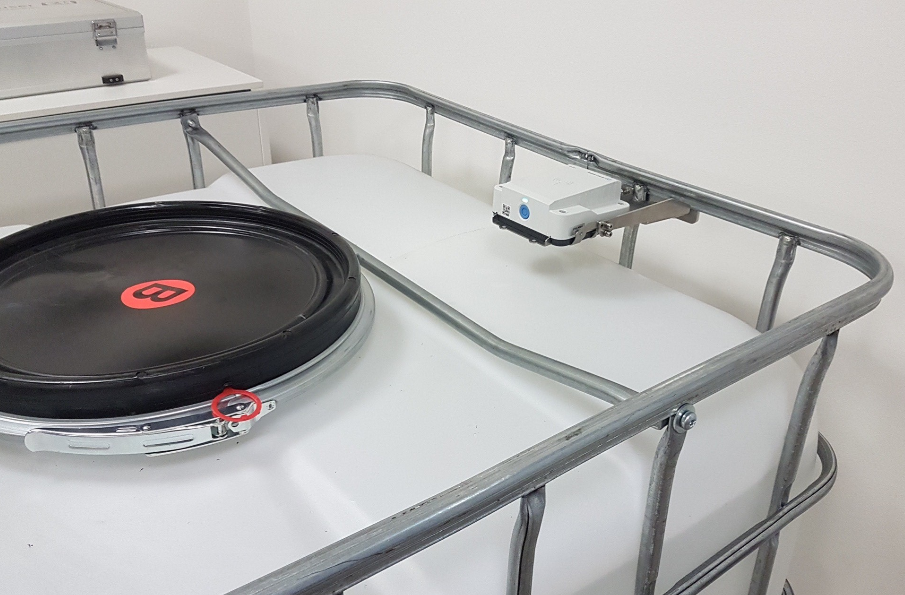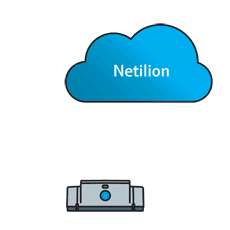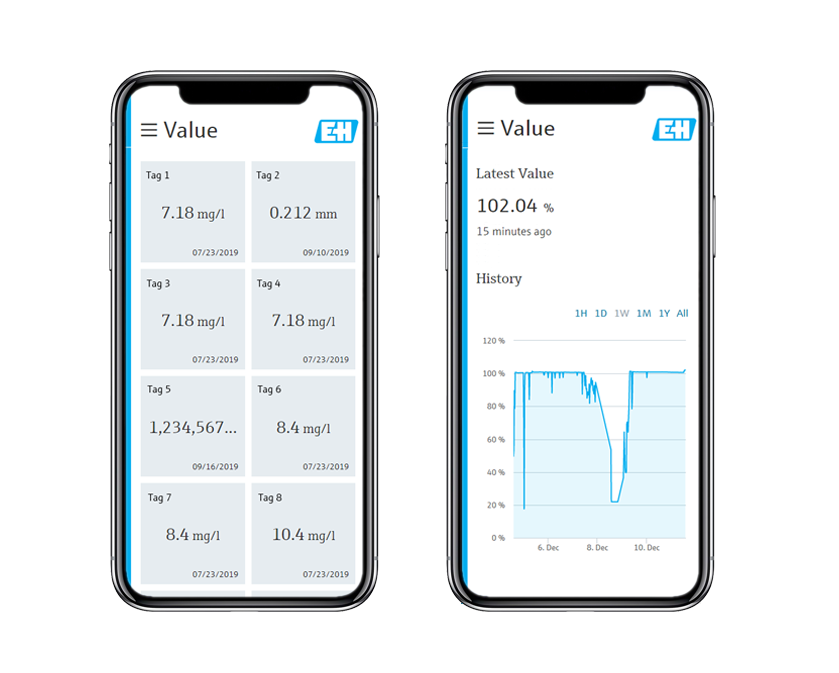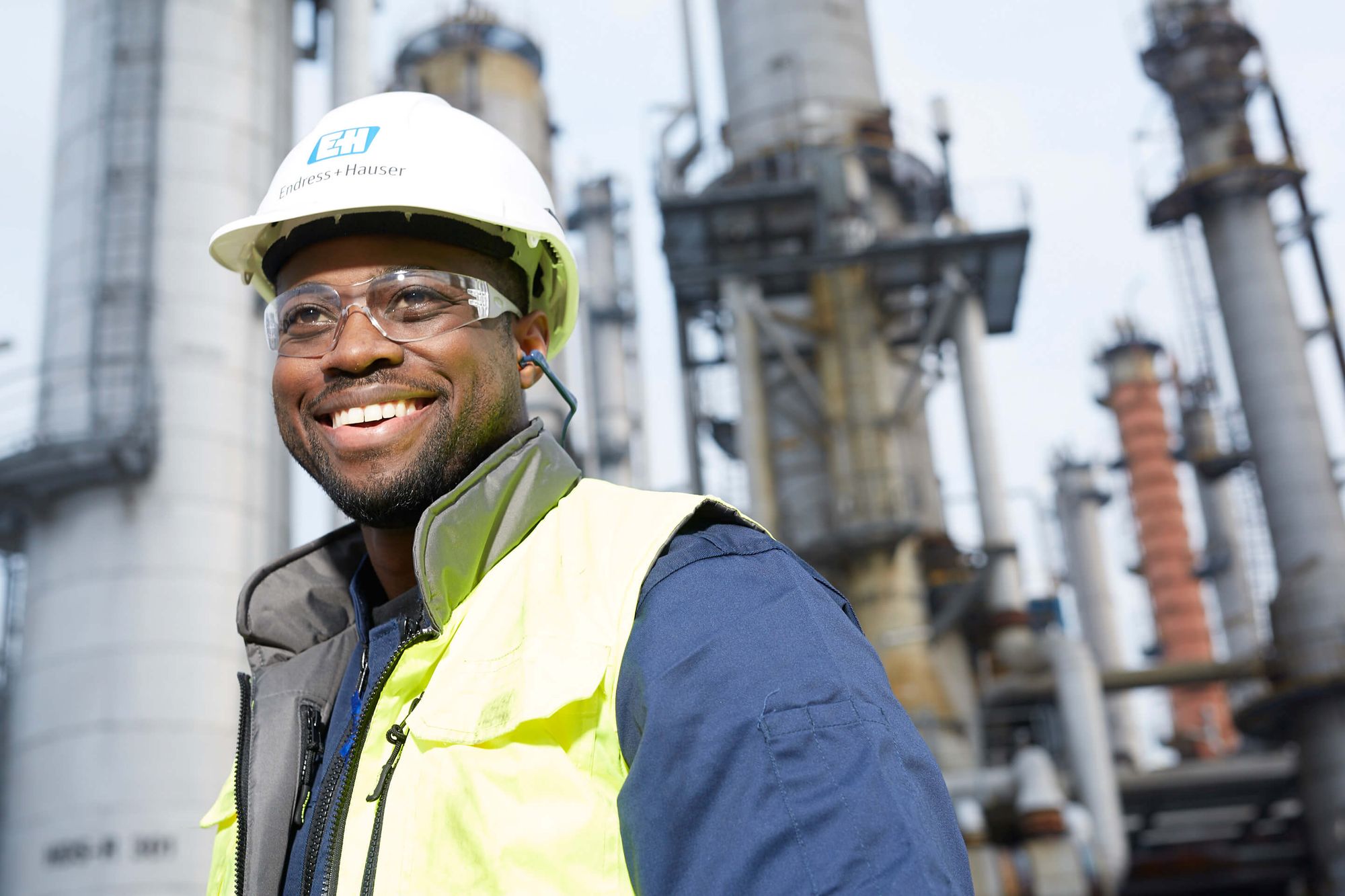Industrial IoT radar level sensors in intermediate bulk containers (mobile plastic tanks)
Cloud-based solutions make level monitoring easy; you can set up a new IIoT radar in minutes and access all its data immediately.
When thinking about level sensors for mobile plastic tanks, a radar sensor never comes immediately to mind, does it? Probably because a radar level transmitter costs more than an ultrasonic level transmitter.
But now you can skip mechanical level solutions and ultrasonics. Affordable radar level sensors such as the Micropilot FMR10 and FMR20 have changed the game, democratizing radar technology for more applications than ever.
No more fighting to fit mechanical level devices in your process because they fit in your budget. Now, you can solve those challenges easily with low-cost radars!
On the IoT (Internet of Things) side of life, many scenarios bring old and new application challenges to the table. So today I’ll take a moment to tell you all you need to know about using IIoT radar level sensors for intermediate bulk containers (IBCs), also known as mobile plastic tanks.
Ready? Let's start.
What’s an IBC?
IBCs work as reusable containers for chemicals, grains, liquids, and more. Yes, one of their assets is flexibility; you can use them for anything from bulk liquids to granulate products in multiple industries.
IBCs are mounted on pallets so you can transport or stack them easily. The “intermediate” part of the name means they sit on the size range between drums and tanks, at an average volume of 275 and 330 gallons.
Intermediate bulk containers are most often made using plastic such as polyethylene (PE) or high-density polyethylene (HDPE). That’s why they’re often called mobile plastic tanks too. In general, they provide excellent cost benefits for storing and transporting materials around and outside the plant.
What are its main challenges?
IBCs can present challenges to efficient stock monitoring. Most of the time, plant employees have to manually verify the contents and amounts in IBCs.
Even if you use a level sensor, you need a local solution; connecting it to your network then having a local measurement. And many applications use mechanical level sensors (like floats) that need a particular structure to work properly.
Not to mention, when the IBC tank leaves, you can no longer monitor it until it comes back. So having these gaps in your monitoring complicates your product inventory and management.
I have good news, though! Today’s radar tech can allow constant monitoring whether the IBC needs to move or not. Better yet, you can install these devices outside the tank, reducing structure limitations and providing information anywhere, anytime.
How do you measure the level in an IBC?
One of the best ways to accurately monitor the levels in your mobile plastic tanks is by using radar level sensors. As I said before, radar technology has improved to the point that you can use it in so many more applications for lower costs than before.
Because of its working principle, radar level transmitters can measure through non-conductive materials, like what most IBCs use. Attaching your sensors to the outside will make installation easier, and avoiding contact with the product should make the devices last longer. Win-win!

A radar level sensor at a transmitting frequency of 80 GHz can create a focused beam angle, depending on the type of antenna you use. This angle lets you install the sensor in a small vessel also giving a good accuracy of those measurements.
How can Industrial IoT level sensors help?
Have you ever heard of IoT radar sensors? I’m sure you have. IIoT radar transmitters, such as the Micropilot FWR30 from Endress+Hauser, are the newest type of compact level sensor on the market.
This IIoT radar installs easily outside an IBC and moves together with it. Because the sensor uses battery power and wireless communication, you can transport the IBC anywhere that has internet access and still retrieve data constantly.

You can also track this device locally, set up min/max thresholds, and receive alerts if the data changes. And because it uses the 80-Ghz frequency, you can install this IoT radar easily in small containers for more reliable measurements.
Where does the cloud fit in?
Cloud-based IoT sensors like the FWR30 let you set up the device on the cloud in just a few simple steps. Then you can access all your data using your phone, laptop, or tablet. On top of that, services like Netilion Value have excellent features such as a dashboard, history, map, notifications, and more.

Cloud-based solutions make level monitoring easy; you can set up a new radar in minutes and access all its data immediately. Best of all, it doesn’t require a lot of infrastructure like traditional level sensors do.
Wireless communication and battery power give you more freedom in your plant and reduce structure costs. Want to try a cloud-based interface and see how efficient your monitoring can be? Then try Netilion Value for free and discover all the potential in your monitoring solutions.
If you liked this article, please share it on your social media using the #Netilion tag.
Have a good one!



